Sono appena rientrata da 3 settimane di vacanza in Italia (Sicilia e Puglia), dove di bel mare ne ho visto parecchio. Ma non mi sono lasciata sfuggire l’occasione di trascorrere il Ferragosto in spiaggia sull’unica isola naturale della Baia di Tokyo, Sarushima, in compagnia della mia amica Chiara.
I have just returned from a 3 week holiday in Italy (Puglia and Sicilia), where I have been enjoying the beautiful seaside. But I couldn’t say no to the chance of spending the day on the beach of the only natural island in the Tokyo Bay, Sarushima, with my friend Chiara.


Il nome Sarushima significa letteralmente “isola delle scimmie”, anche se di scimmie su quest’isola non se ne incontrano. La leggenda narra che durante una forte tempesta, il monaco Nichiren Shonin, in viaggio verso Kamakura, smarrì la rotta e fu guidato dallo spirito di una scimmia bianca verso la salvezza, proprio sull’isola di Sarushima.
Si tratta di una piccola isoletta, grande appena 55 km², a cui è consentito l’accesso solo tra le 9 e le 5 del pomeriggio. Ci si arriva in dieci minuti di traghetto dal porto di Yokosuka, una cittadina della provincia di Kanagawa, a circa 1 ora dalla stazione di Shinagawa (nel Sud di Tokyo).
Sarushima literally means “monkey island”, even though we didn’t find any monkeys on this little island. According to the legend, when the Buddhist priest Nichiren Shonin was travelling to Kamakura, a storm hit. When there was no way of telling which way the ship was moving, out of nowhere appeared a white monkey. The monkey then guided the ship to the island, which is now known as Sarushima.
It’s a very small island, with an area of about 55 km². You can get to Sarushima only by ferry from Yokosuka, a town in the Kanagawa province, which is at about one hour from Shinagawa (Tokyo). The ferry runs from 9am to 5pm and you are not allowed to stay on the island overnight.
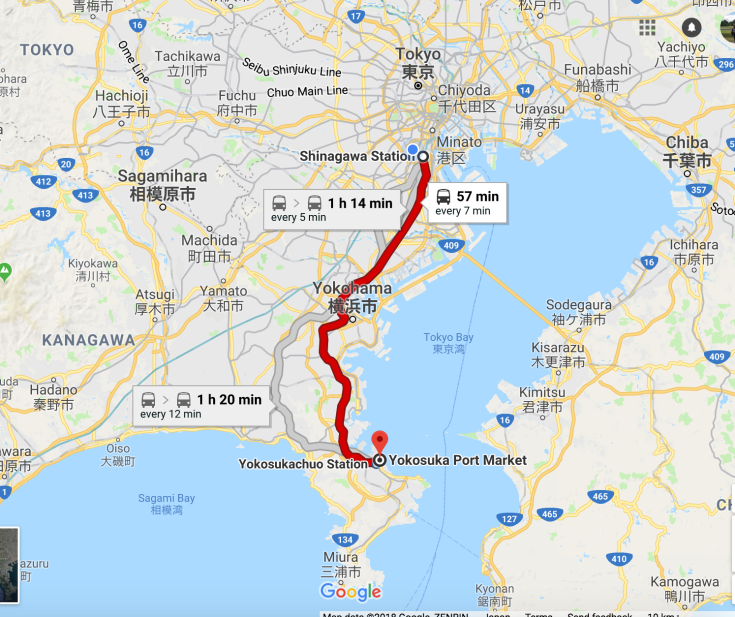
A Sarushima non solo ci si può solo rilassare sulla spiaggia libera o organizzare un barbecue con gli amici, ma si può anche pescare o visitare i resti dell’antica fortezza immersa nella giungla. Grazie alla sua posizione strategica che garantisce una visuale su tutta la Baia di Tokyo, Sarushima è stata dall’era Tokugawa fino alla fine della Seconda Guerra Mondiale una base militare, con fortificazioni e una serie di tunnel che ospitavano i plotoni militari. Si dice che abbia anche ispirato Hayao Miyazaki per il suo “Laputa – Castello nel Cielo”, e in effetti durante la passeggiata nell’entroterra si possono intravedere degli scorci simili a quelli di questo film d’animazione. Se non conoscete questo film, date un’occhiata al trailer che ho aggiunto alla fine di questo post.
In Sarushima, you can relax on the beach or have a BBQ with your friends and family. You can also fish or explore the small island, which was once a military fort. Thanks to its strategic position which overlooks the Tokyo Bay, Sarushima was a military fort from the Tokugawa era up until the end of World War II. You can stroll in the island rich of nature and check out the fortress’ brick walls and the barracks, ammunition depot and more. It is also said that Sarushima inspired Hayao Miyazaki for his film “Laputa Castle in the Sky”. If you know the film already, you can see what I mean by looking at my pictures. If you haven’t seen the film, you can check out the trailer at the bottom of this blog post.

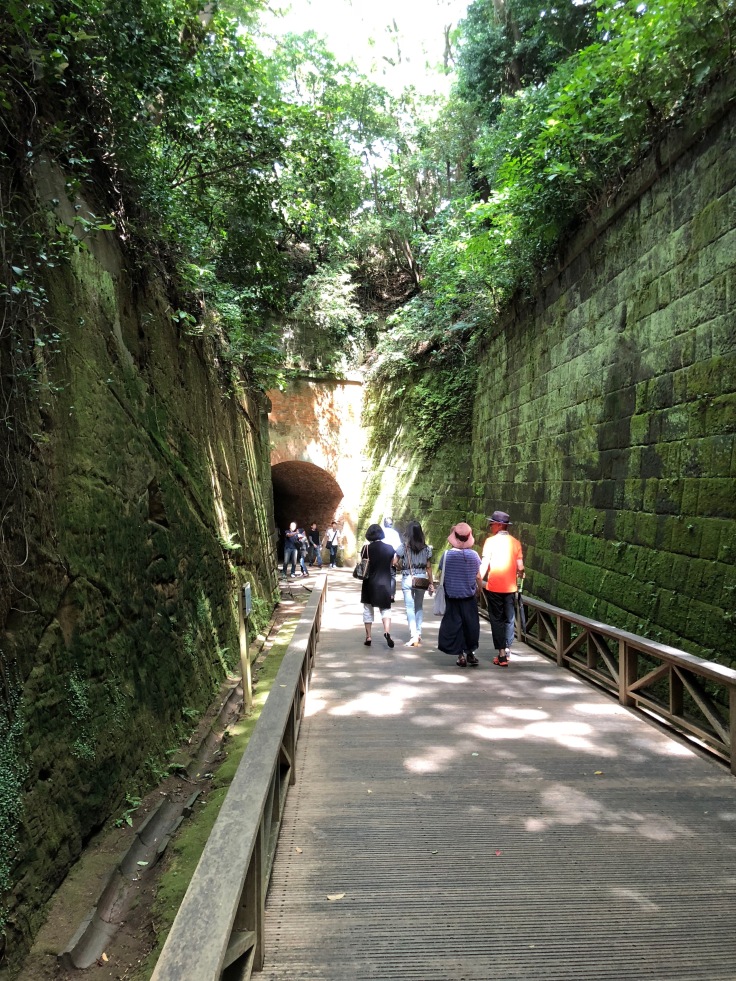



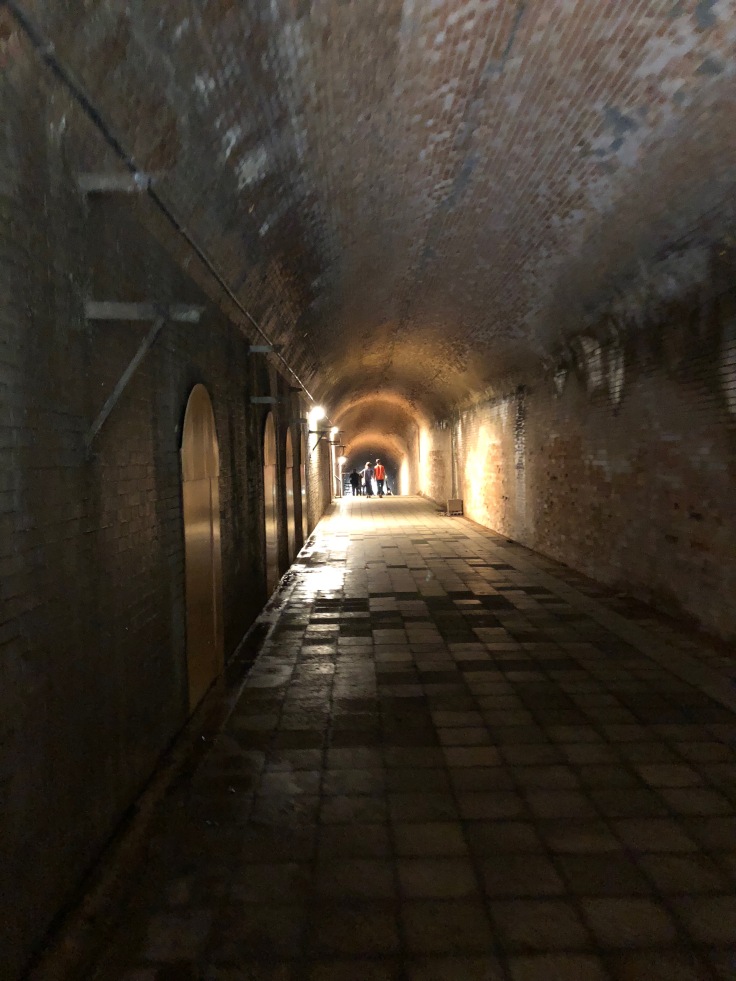

Nella zona più a sud dell’isola si trova una scalinata di metallo che si snoda lungo la scogliera e conduce alla grotta Nichiren. Qui sono stati ritrovati degli artefatti risalenti all’epoca Jomon, che sono in display in un piccolo museo all’ingresso dell’isola.
On the south-west coast of the island, you go down a long metal staircase to peak inside the Nichiren cave. In the Nichiren cave earthenware from the Jomon era was found, and it is now displayed in a small museum near the entrance to Sarushima.


Invece a nord dell’isola c’è una piccola spiaggetta rocciosa dove è purtroppo vietata la balneazione, a causa delle imprevedibili maree e delle rocce scivolose che talvolta rendono il ritorno alla terraferma molto difficoltoso. A quanto pare è uno dei posti preferiti di chi a Sarushima ci va per pescare, e noi abbiamo visto un pescatore solitario che si godeva il silenzio su una delle rocce più esterne.
On the north-west part of the island you can access a small shore, where you cannot swim but which is apparently a great hiding place for fish like fat greenlings, false kelpfish and rockfish. There were a few fishermen on this shore, like this guy who looks sooo tiny in the picture below. He must have been enjoying the silence on top of the lonely rock.

La passeggiata sull’isola dura circa un’oretta ed è un buon esercizio prima di tuffarsi in mare, specialmente nel caldo di Agosto. Devo ammettere che la spiaggia e il mare non hanno niente a che vedere con le magnifiche spiagge della Puglia e della Sicilia, ma il caldo e la passeggiata ci hanno convinte a farci un bagno ristoratore nelle acque dell’oceano. Bagno che si può fare solo nella sezione recintata del mare e sotto stretta sorveglianza da parte dei bagnini.
The walk across the island lasts around one hour and it’s a great exercise before a refreshing swim, especially with the August heat. I must admit that the Italian beaches are better than Sarushima’s swimming beach, but me and Chiara really enjoyed a swim in the chilly waters of the ocean. Actually, ocean might be a bit too much… we had a swim in the section of water that was suitable for swimming, under strict control of the lifeguards.

La sabbia della spiaggia di Sarushima è molto scura e ricca di ferro, e la battigia è piena di conchiglie. Una grossa differenza che abbiamo notato è il basso numero di ombrelloni in spiaggia, che qui in Giappone vengono sostituiti dalle tende. In spiaggia non ci si va per abbronzarsi, perché qui la pelle abbronzata non è sinonimo di bellezza. In spiaggia ci si fa il bagno, meglio se con materassino gonfiabile o ciambella (che si possono noleggiare sulla spiaggia stessa per 8 euro), o si fanno grigliate con gli amici e si beve in compagnia. Gli ingredienti per la grigliata si devono portare da casa, perché non ci sono negozi di alimentari a Sarushima mentre l’attrezzatura per grigliare, i tavoli e le sedie le si noleggiano sull’isola stessa.
The sand is dark colored and rich in iron, and there are lots of seashells on the water edge. A big difference with the Italian beaches is the lack of beach umbrella, which are swapped for tents here in Japan. As a matter of fact, tanned skin is not beautiful in the Asian cultures, so people go to the beach to swim and to enjoy food and drinks under a thick shelter that protects from the sunlight. Another curious thing is the possibility to rent floating mattresses directly at the beach, for around £8. One of the most popular beach activities is BBQ, and on Sarushima you need to bring your own food to grill, but you have to rent the BBQ equipment, chairs and tables directly at the beach. You also don’t have to clean the equipment before you return it, and that’s an added bonus!
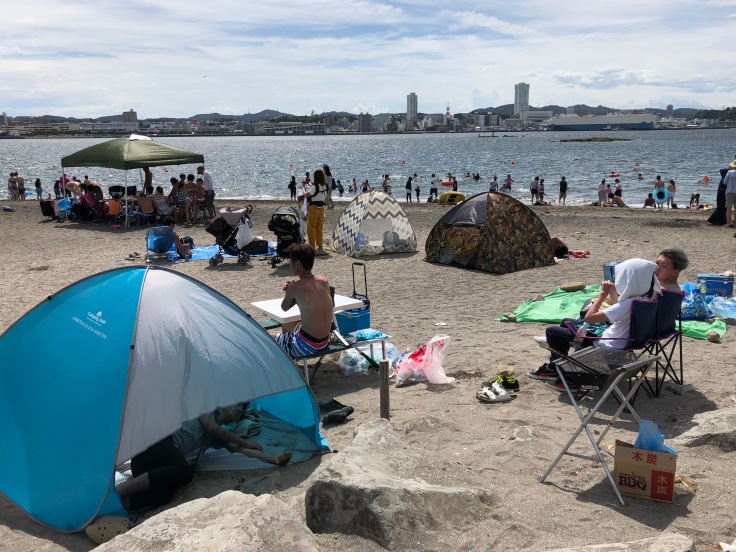
Una cosa che mi ha stupita (e un po’ spaventata) è la presenza in spiaggia di quelli che credo siano aquilotti. Sorvolano la spiaggia a bassa altezza in attesa di qualche pezzo di cibo, per il quale si tuffano in picchiata sulla sabbia. Antonio e Chiara mi raccontavano che succede lo stesso a Kamakura, quindi occhio al cibo se visitate questi luoghi!
Since everybody is eating on the beach, there are lots of what seem to be small eagles patrolling the beach and looking for leftovers to grab. I was a bit scared at one point as they kept diving towards the beach and were very close to people. Antonio and Chiara told me there is a similar situation in Kamakura as well, so watch out if you visit these places.

La spiaggia è aperta solo a Luglio e Agosto, mentre durante gli altri mesi dell’anno l’isola rimane sempre accessibile via traghetto, ma le attività sono limitate a pesca e escursioni nell’entroterra. Pensate che non funzionano nemmeno i distributori automatici di bibite, perché i generatori vengono portati sull’isola solo durante la stagione estiva.
Consiglio di visitare Sarushima se vivete a Tokyo e avete voglia di passare una giornata in spiaggia. Se siete di passaggio, lascerei un’escursione su quest’isola in fondo alla lista delle cose da fare in Giappone, a meno che non siate dei fan dello Studio Ghibli e vogliate sentirvi come in Laputa Castle in the Sky.
The beach is opened only in July and August. You can however visit Sarushima all year long, and you can fish or explore the island while you are there. Make sure to bring some water with you as the vending machines are only working in July and August, as there is no electricity on the island in the rest of the year.
Would I recommend visiting Sarushima? If you live in Tokyo and you want to spend a day at the beach, Sarushima is definitely a great destination for you. If you are only visiting Japan, I would suggest adding a trip to this island towards the bottom of your list, unless you are a Studio Ghibli fan and you would like to be immersed in one of the locations that is said to have inspired Hayao Miyazaki for Laputa Castle in the Sky.
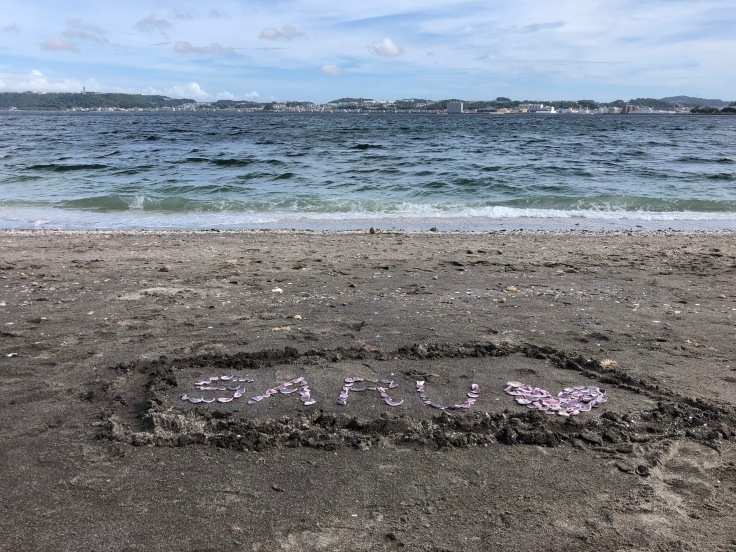






Lascia un commento